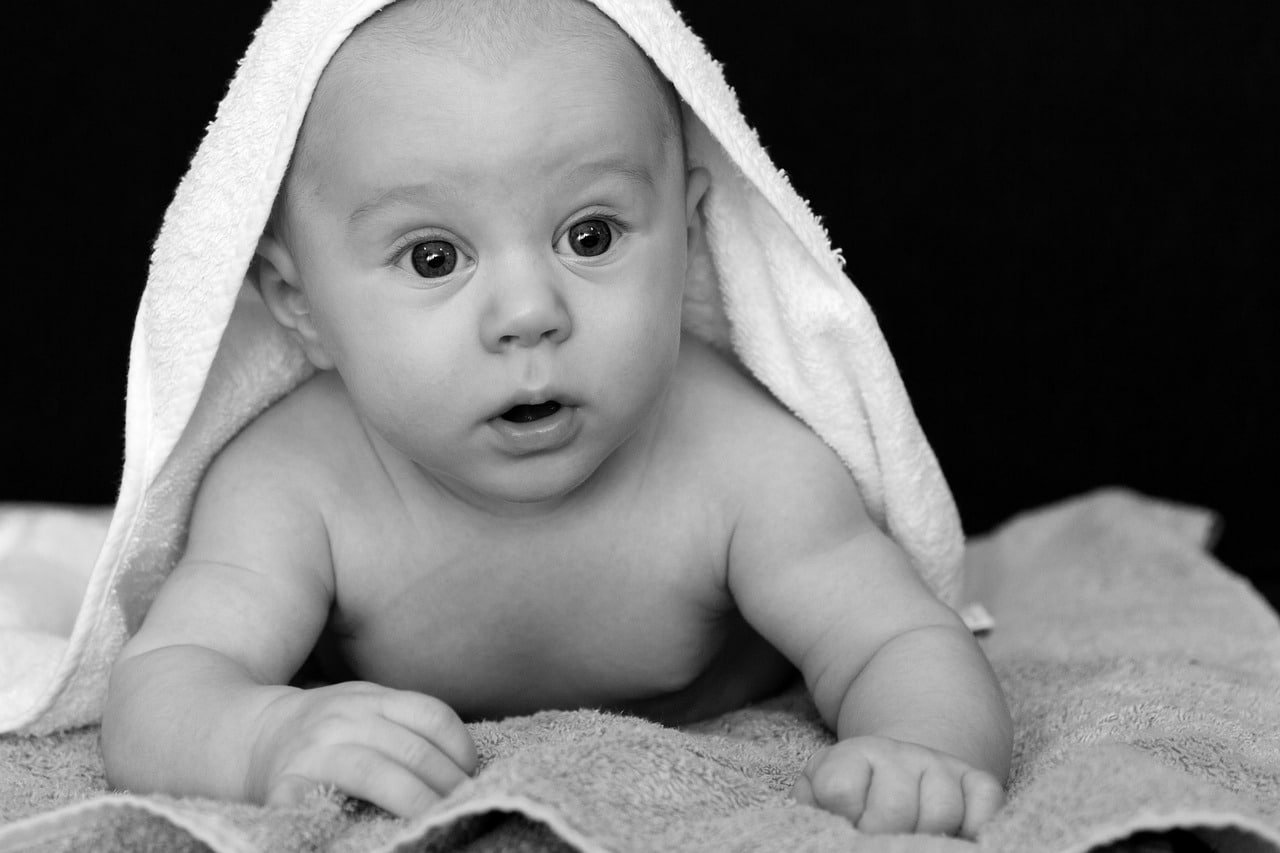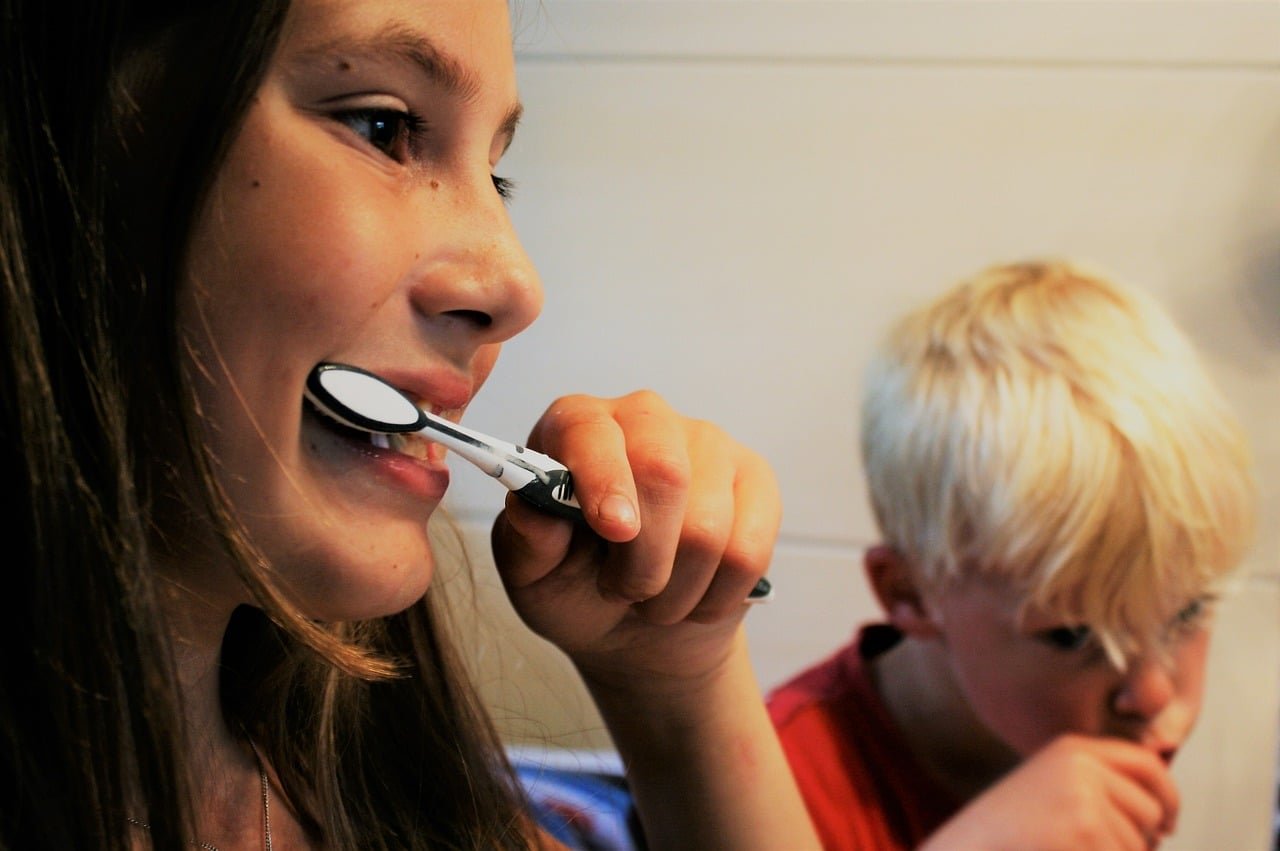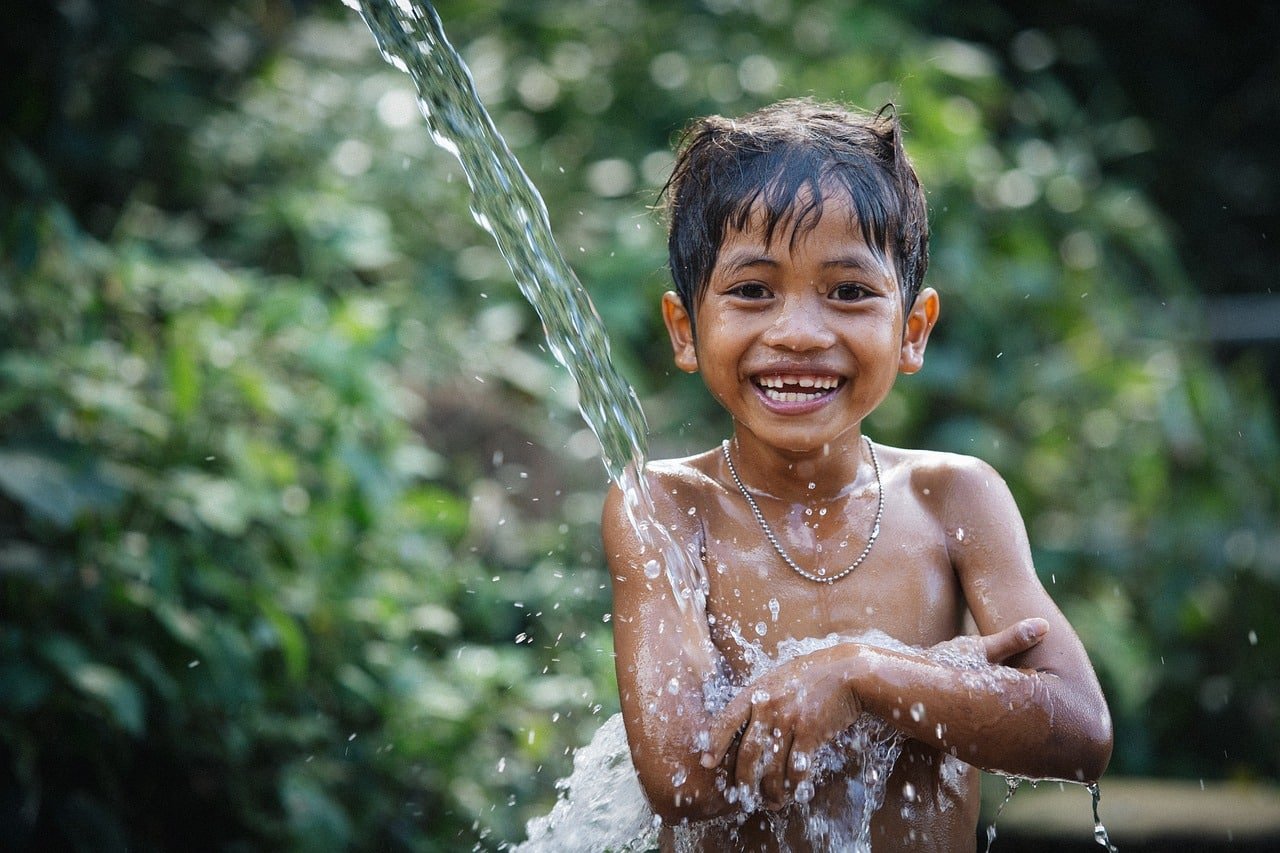Kids’ skincare is part of their overall care and, thus, needs to be carried out with great care. Young skin may easily get affected, so care must be taken regarding the approach to keep the skin healthy and radiant. A good skincare routine from the earliest years prevents various common skin problems based on dryness, irritation, and rashes. So what would be the best skincare routine for kids and which products should parents use?
In this blog, we will explain the basics of kids’ skincare as well as how you could outline the most gentle yet effective routine for your child.
Understanding Your Child’s Skin Type

Yet before even identifying products, it is even more important to realize that, just like adults, kids can have any of four kinds of skin: dry, oily, combination, or sensitive. You will be able to determine your child’s type and thereby select the appropriate products in order to ensure his or her skin remains balanced and healthy.
- Dry skin: the child having dry skin will exhibit flakes or rough patches. True, those product lines containing glycerin and shea butter may moisturize the skin.
- Oily Skin: The baby with oily skin breaks more than anyone else. Use light non-comedogenic moisturizers.
- Sensitive Skin: The child may have very sensitive skin. His or her skin irritates easily, and redness develops. Try fragrance-free and hypoallergenic.
Keep It Simple: A Basic Skincare for Kids Routine
The more straightforward the skincare routine is for kids, the better. Unlike adult skincare routines, which can be long with numerous products and steps, kids need to be trimmed down so that they are not overwhelmed by sensitive skin. This is how one could perform a simple routine:
- Gentle Cleansing: The first step of a skin care for kids program is cleansing. In children, this should preferably be done with a mild sulfate-free cleanser without bringing off your oil. Some mildly cleansing agents incorporate anti-irritants such as aloe Vera or chamomile. For babies with sensitive skin, a pH-balanced cleanser should be applied.
- Moisturizer: A moisturizer will hydrate your child’s skin. Choose a fragrance-free sensitive skin care product. Apply the moisturizer to your child’s skin immediately after bathing, when his skin is still wet to retain the moisture.
- Sun protection: Sun protection is on the must-do list of kids’ skincare. Since children’s skin is sensitive to UV rays, it makes them burn easily from the sun. Apply broad-spectrum sunscreen with an SPF of 30 or more whenever your child steps out into the sun.
Tip: Always opt for mineral-based sunscreens, such as Blue Lizard Baby Mineral Sunscreen or Thinkbaby Safe Sunscreen. These would cause far less irritation than chemical ones to the delicate skin of an infant
Preschoolers and Older (3+ years)
For preschoolers and up, you can begin using proper skincare if they do develop certain skin issues, such as dry patches or mild acne. Again, don’t forget to use sun protection and moisturizers that suit her skin type.
Specific Needs According to Age
Your child’s skincare requirements change with the age of your child. Here is what you should be doing for the skin of your child according to his age:
Babies (0-1 year)
Newborns have very fragile skin, and it is best to keep things simple that is the water and milia cleansers. Most newborns require several baths per week for cleanliness without irritation and without dryness.
Toddlers (1-3 years)
The child’s skin will still be sensitive by now, but you can start with very gentle lotions and sunscreens. Never forget those skin folds that trap moisture, causing irritation.
Avoid Possible Irritants
While purchasing skincare for kids, look at the label for harsh chemicals or allergens that cause irritation on their skin. These are some of the things to look out for so that you do not take something home:
- Fragrance: This is simply most likely to irritate sensitive skin; thus, look for fragrance-free products.
- Parabens and Phthalates: They are common preservatives in many skincare products, and research may indicate that they would interrupt children’s hormone balance. Look for paraben- and phthalate-free products.
- Sulfates: Sulfates can also remove your skin’s natural oils that contribute to dryness. Use non-sulfate or sulfate-free cleansers and shampoos.
Teaching Healthy Skin Care Habits

You can make it fun and educational if you tell your children to take care of their skin. When they get older, teach them a portion of their children’s skincare routine by educating them that they should cleanse their faces and apply sun protection cream.
Conclusion
A healthy skincare for kids routine need not be painful. The use of gentle products appropriate for the child’s age and avoiding harsh chemicals are simple steps that ensure soft, healthy, and well-protected skin. Never forget that Kids’ skincare is extremely fragile, making simple care important in order not to irritate your child and prevent long-term skin problems. With the right skincare routine and a little attention, your child’s skin will dance with joy all year round!
Come and discuss with us about your kids’ skincare routine on Facebook and Instagram.
Image from Pixabay.com




4 Comments